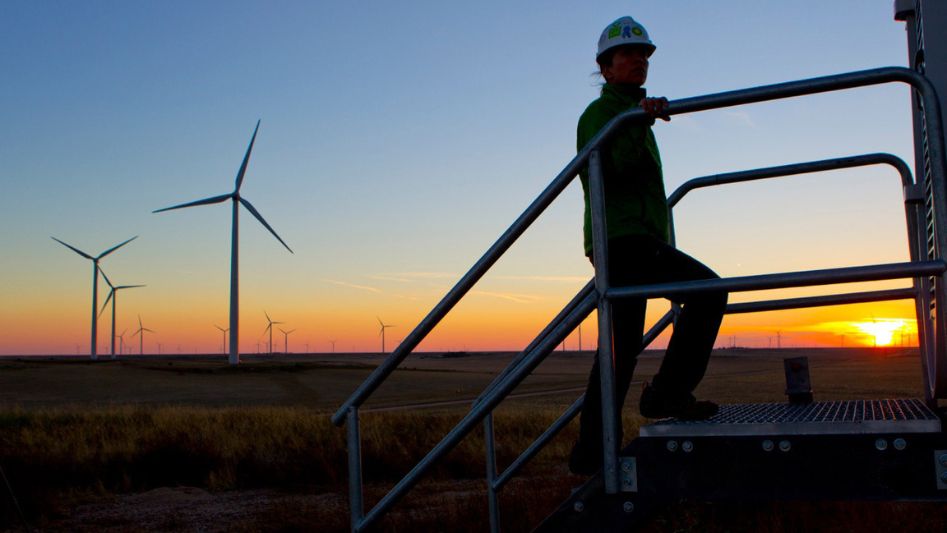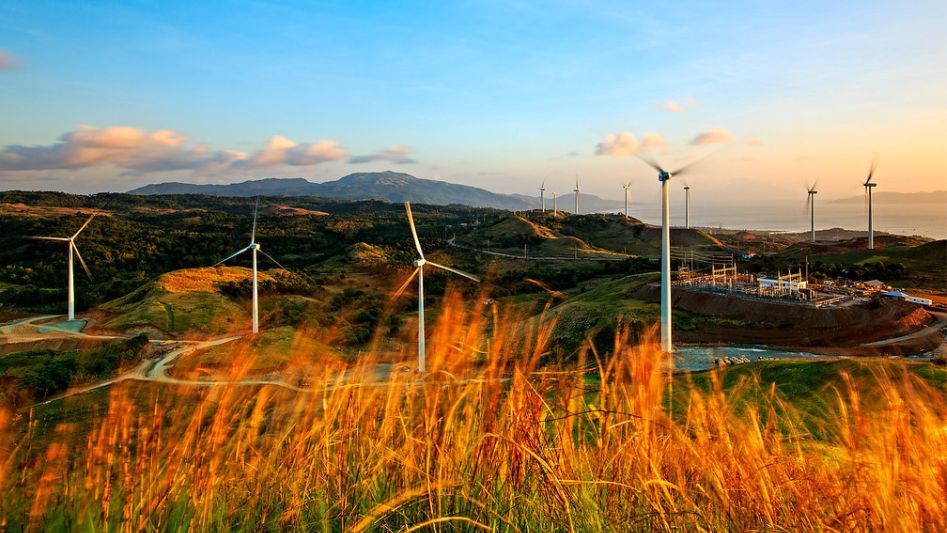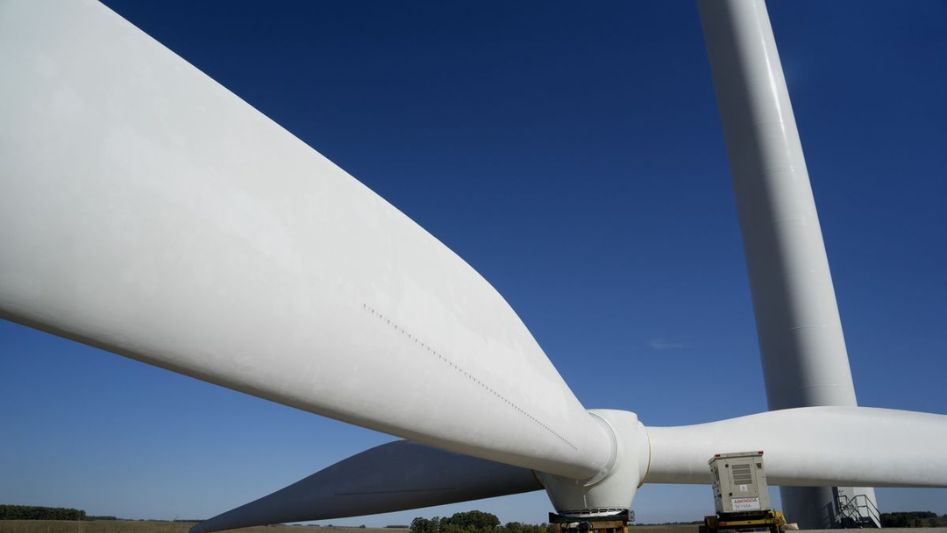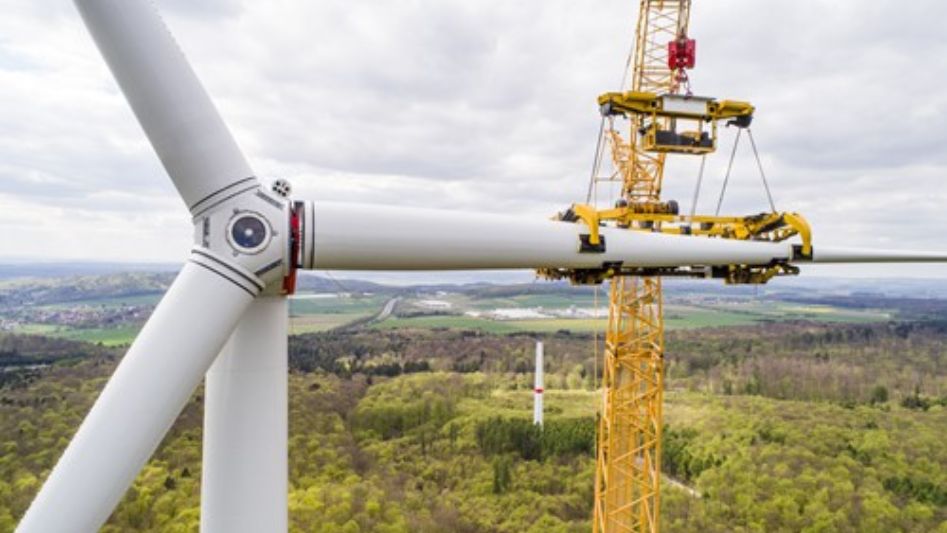Discover key factors in designing wind turbine projects for optimal performance, including efficiency, integration and future prospects of wind energy.
Table Of Content
Wind energy is a rapidly growing source of renewable energy, and wind turbines are becoming a more common sight in properly development projects. As the demand for wind energy continues to grow, it is important for developers to design wind turbine projects that are both efficient and sustainable. In this blog post, we’ll take a closer look at how to design wind turbine projects for optimal performance in properly development.
We invite you to read: “The Science Behind How Wind Turbines Generate Electricity”
Understanding wind turbines
The first step in designing a wind turbine project is to assess the wind resource potential at the project site. This includes measuring wind speeds and direction, as well as evaluating other site-specific factors such as topography, vegetation, and bird migration patterns. By assessing the wind resource potential, developers can determine the best type and size of turbine for the project.
Designing wind turbine projects for optimal performance in properly development
Once the wind resource potential has been assessed, the next step is to design the turbine layout and infrastructure. This includes deciding on the number of turbines, their spacing and location, and the size and type of towers and blades. The turbine layout should be designed to optimize the energy output while minimizing the impact on the surrounding environment. For example, turbines should be spaced in such a way as to minimize the risk of shadow flicker and noise pollution for nearby residents.
Another important aspect of designing a wind turbine project is the selection of the turbine model. There are many different types and models of wind turbines available on the market, each with their own advantages and disadvantages. Developers should consider factors such as energy output, cost, maintenance requirements, and environmental impact when selecting the turbine model.
In addition to the technical aspects of turbine design, it is also important for developers to consider the social and economic impacts of the project. This includes engaging with the local community and stakeholders to understand their concerns and addressing them through the design process. Developers should also consider the economic impact of the project, such as job creation and tax revenues.
Properly development projects that include wind turbines can also benefit from a smart grid integration. A smart grid is an electrical grid that can intelligently integrate the actions of all electric power users connected to it in order to efficiently deliver sustainable, economic, and secure electricity supplies. This can help to ensure that the energy generated by the turbines is used effectively, rather than being wasted.
Benefits and Challenges of wind turbine development
Wind energy development can provide a number of benefits, including reducing greenhouse gas emissions and reducing dependence on fossil fuels. However, there are also a number of challenges associated with wind energy development, such as the cost of building and maintaining wind turbines and potential impacts on wildlife and local communities.
We invite you to read: “Unlocking the Benefits of Wind Energy: Why Going Higher is Better”
Measuring the efficiency of wind turbines
The efficiency of a wind turbine can be measured by its capacity factor, which is the ratio of the actual energy output of the turbine to its theoretical maximum output. The higher the capacity factor, the more efficient the turbine.
Integrating wind energy into the power grid
Integrating wind energy into the power grid can be challenging due to the intermittent nature of wind energy. However, various strategies can be used to manage this variability, such as using energy storage systems or connecting to other power grids.
Environmental impacts of wind turbines
Wind turbines can have both positive and negative environmental impacts. On the positive side, wind energy is a clean and renewable source of energy that does not produce greenhouse gas emissions. On the negative side, wind turbines can have impacts on wildlife, particularly birds and bats, and can also create noise pollution.
Future of wind energy
The future of wind energy looks promising, with increasing investments in research and development and improvements in turbine technology. Additionally, the cost of wind energy is decreasing, making it more competitive with other forms of energy.
We invite you to read: “China Building World’s Largest Offshore Wind Farm”
Conclusion
Designing wind turbine projects for optimal performance in properly development requires a multi-disciplinary approach. Developers must consider the wind resource potential, turbine layout and infrastructure, turbine selection, social and economic impacts, and smart grid integration. By following these best practices, developers can design wind turbine projects that are both efficient and sustainable, while minimizing the impact on the surrounding environment and community.
FAQ
What is a wind turbine?
A wind turbine is a machine that converts the kinetic energy of wind into electrical energy.
How does a wind turbine work?
Wind turbines work by using blades to capture the kinetic energy of wind, which then turns a rotor connected to a generator that produces electricity.
What are the benefits of wind energy?
Wind energy is a renewable, clean and low-carbon source of electricity.
How does wind turbine design affect performance?
Proper turbine design can maximize energy output and minimize environmental impact.
What are the challenges of wind turbine development?
Challenges include assessing wind resource potential, addressing community concerns and navigating local regulations.
How do you measure the efficiency of a wind turbine?
The efficiency of a wind turbine is measured by the amount of energy it generates compared to the amount of energy input.
How is wind energy integrated into the power grid?
Wind energy can be integrated into the power grid through a smart grid system that allows for efficient distribution of electricity.
What is a smart grid?
A smart grid is an electrical grid that can intelligently integrate the actions of all electric power users connected to it in order to efficiently deliver sustainable, economic, and secure electricity supplies.
What are the environmental impacts of wind turbines?
Wind turbines can have some environmental impacts such as noise pollution, bird and bat collisions, and visual impacts.
What is the future of wind energy?
The future of wind energy looks promising as technology advances and costs decrease, making it more accessible and viable as a source of electricity.
You May Also Like
- How Machine Learning is Powering up Wind and Solar Energy
- What is the Next Generation Wind Technology?
- Discover The World Largest Wind Farm
- Innovation in Typhoon-Resistant Wind Turbine Design
- What Is A Vertical Axis Wind Turbine (VAWT)?




